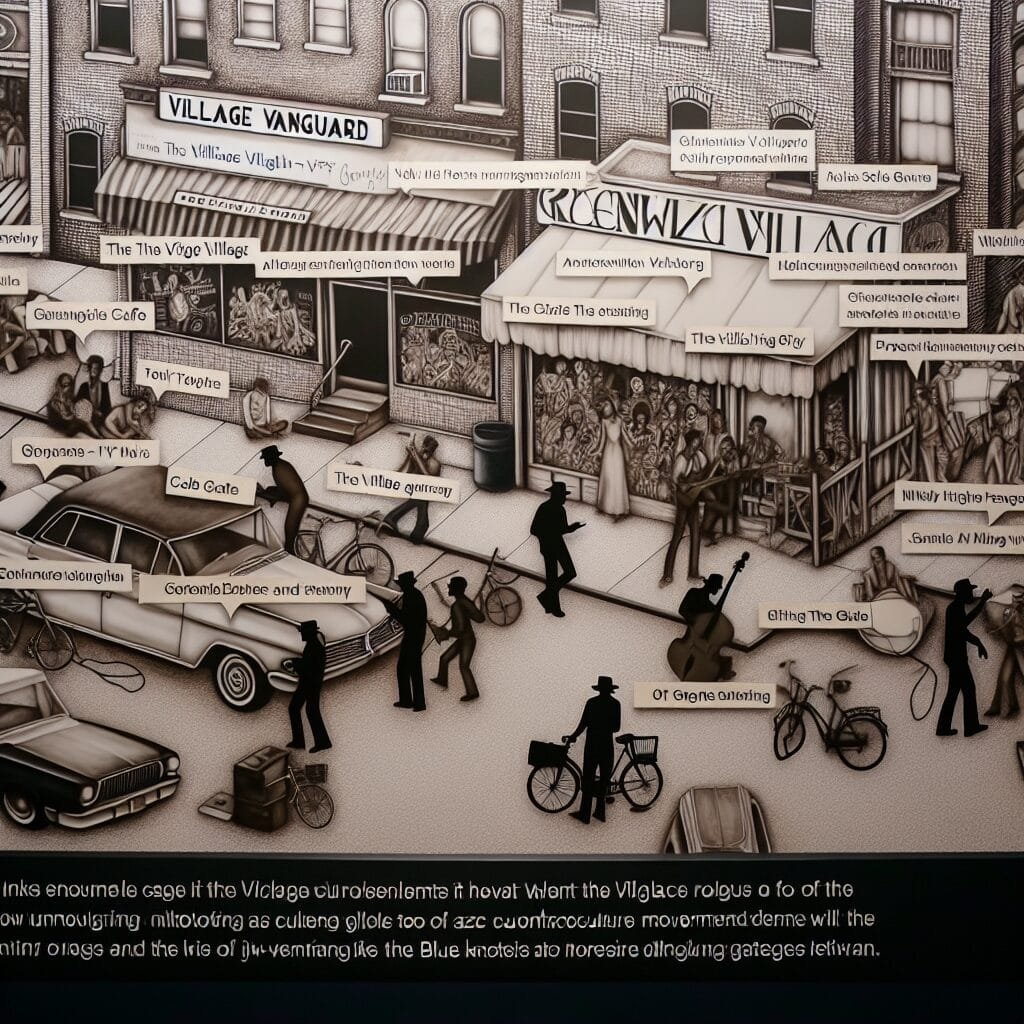Greenwich Village, a neighborhood in New York City, has long been known as a hub for artistic and cultural innovation. But perhaps its most significant contribution to American culture is its role in shaping the music of the 1960s. In his new book, “The Complete Unknown: How Greenwich Village (and Bob Dylan) Invented the Sixties,” author David Yaffe explores the neighborhood’s impact on the music scene and how it gave rise to some of the most iconic musicians of the era.
Yaffe delves into the history of Greenwich Village, tracing its roots back to the early 20th century when it was a haven for bohemian artists and writers. By the 1950s, the neighborhood had become a hotbed for folk music, with venues like the Village Vanguard and Cafe Wha? hosting performances by up-and-coming musicians.
But it was in the early 1960s that Greenwich Village truly came into its own as a musical epicenter. This was largely due to the arrival of a young Bob Dylan, who had just moved to the neighborhood and quickly became a fixture in its folk music scene. Dylan’s raw, poetic lyrics and unique sound captured the attention of the Village’s artists and intellectuals, and he soon became a symbol of the counterculture movement that was beginning to take shape.
Yaffe argues that Dylan’s influence went beyond just his music, as he also inspired other musicians to experiment and push the boundaries of traditional folk music. Artists like Joan Baez, Joni Mitchell, and Judy Collins all found success in the Village and helped to shape the sound of the decade.
But Greenwich Village’s impact on the music of the 1960s was not limited to folk. The neighborhood also played a crucial role in the development of jazz, with legendary musicians like Thelonious Monk and Nina Simone performing at venues like the Village Gate and the Blue Note.
Yaffe’s book also explores the social and political climate of the era and how it influenced the music being created in Greenwich Village. The civil rights movement, the Vietnam War, and the rise of feminism all had a profound impact on the artists in the neighborhood, and their music reflected these changing times.
Today, Greenwich Village may look vastly different from its heyday in the 1960s, but its legacy as a breeding ground for musical innovation lives on. The neighborhood continues to attract artists and musicians, and its influence can still be heard in the music being created today.
In “The Complete Unknown,” Yaffe pays tribute to the enduring legacy of Greenwich Village and the artists who called it home. He reminds us that this small neighborhood in New York City played a pivotal role in shaping the music of the 1960s and continues to be a source of inspiration for generations to come.




